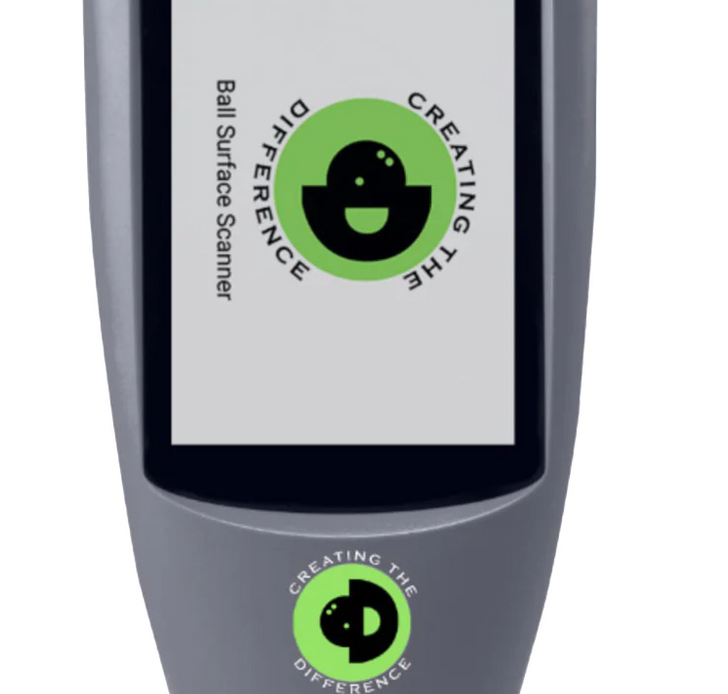Posted by Ronald Hickland on
CtD Surface Scanner V2
The CtD Surface Scanner is designed to quickly show you the grit on your bowling ball. You can take a scan in as little as 0.5 sec. The device will show up to the last 3 measurements and will count as it scans. It will automatically calibrate the device when the calibration plate is on the device and it is powered up.
PREPARING YOUR SCANNER FOR USE
- Remove the scanner from the case.
- Remove the gray calibration plate that is attached to the scanner.
- Remove and discard the white paper from the calibration plate. Place the scanner back on the calibration plate and click it in place.
- Press the round black power button on the side of the scanner until the device turns on. The scanner will auto-calibrate on power up. Once the screen turns on, the scanner is calibrated and the calibration plate can be placed back in the case for storage.
- Locate and unpack the base plate. Loosen the screws on the side of the base plate. Make sure the brackets are recessed.
- Align the base plate with the indentations on the side scanner, and fully expose the optical hole on the bottom side of the scanner. It is important that the plate is placed on correctly.
- Once aligned screw the base plate into the indentations on the scanner. Make sure the hole in the bottom of the device matches up to the hole in the base plate.
- Your scanner is now ready to be used.
The CtD Surface Scanner V2 offers the widest range of surface grit detection in the industry. The device will measure the following grits on all types of bowling ball coverstocks.
<500 Less than 500 grit
500
1000
1500
2000
3000
4000
4500
Stable (4700) – The grit a ball will end up at; aka Lane Shined
5000
5500
6000
6500
>6500 Greater than 6500 grit
For best results scan the ball in 3 different areas. It is possible that you will see variation in the surface readings. If this occurs, continue scanning the ball 3 more times and take the average value. This will give you a great idea of the surface of the ball.
We recommend taking the base plate off and storing the device back in the case for long term storage.
Here is an advanced tip.
0 comments
Click Here to Read the Full Original Article at Creating the Difference – Bowling…
